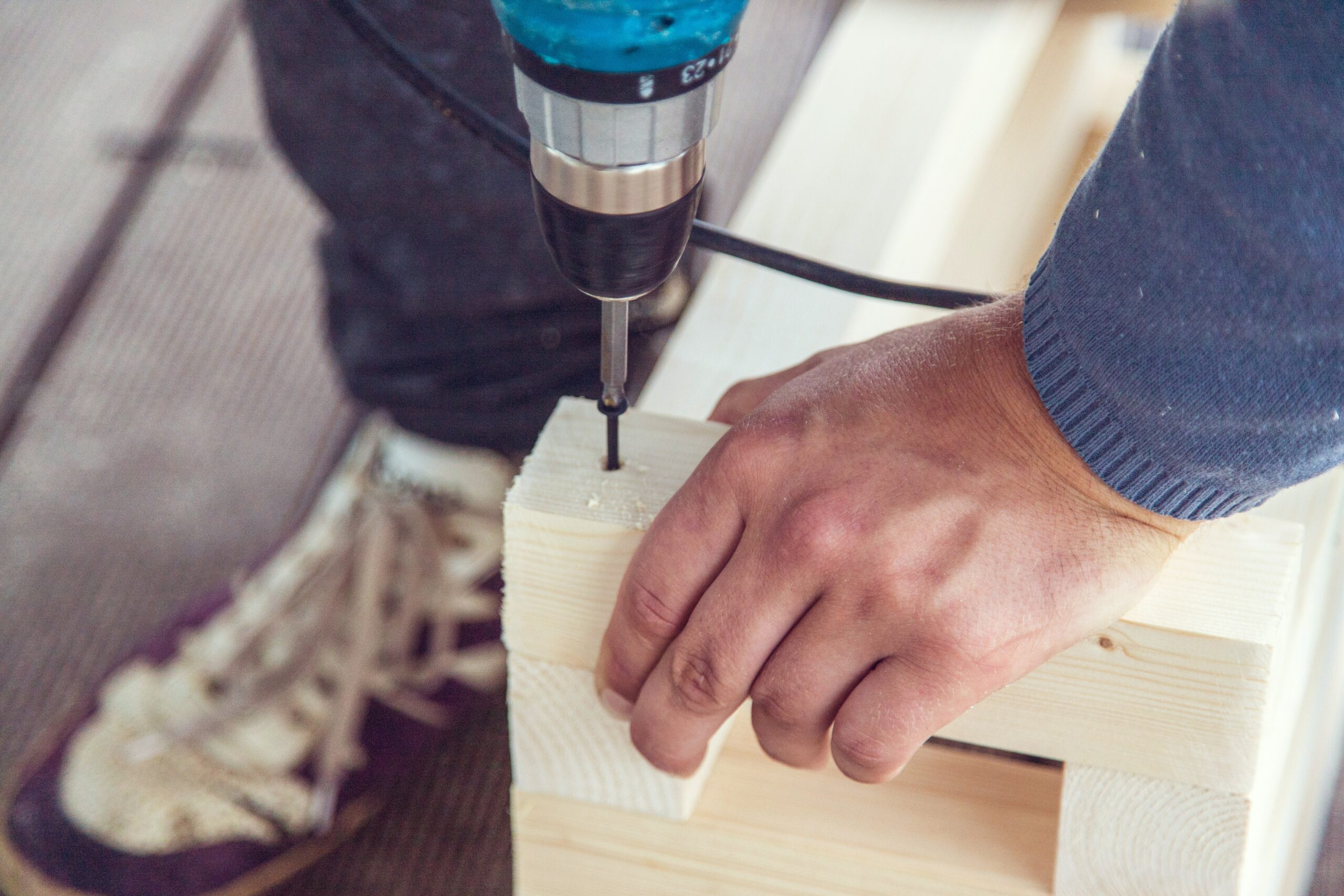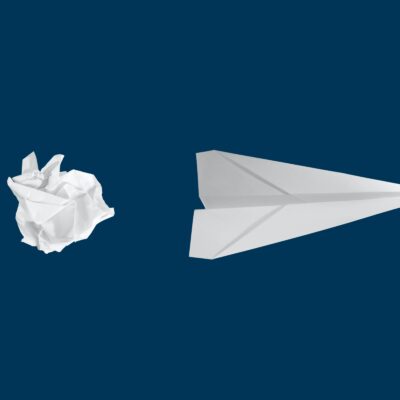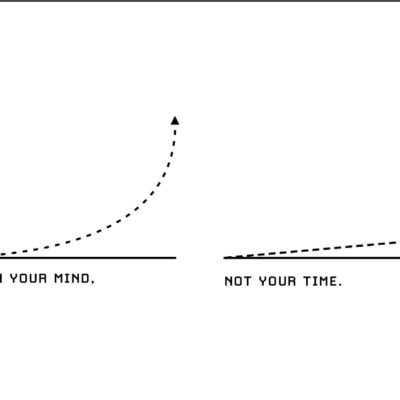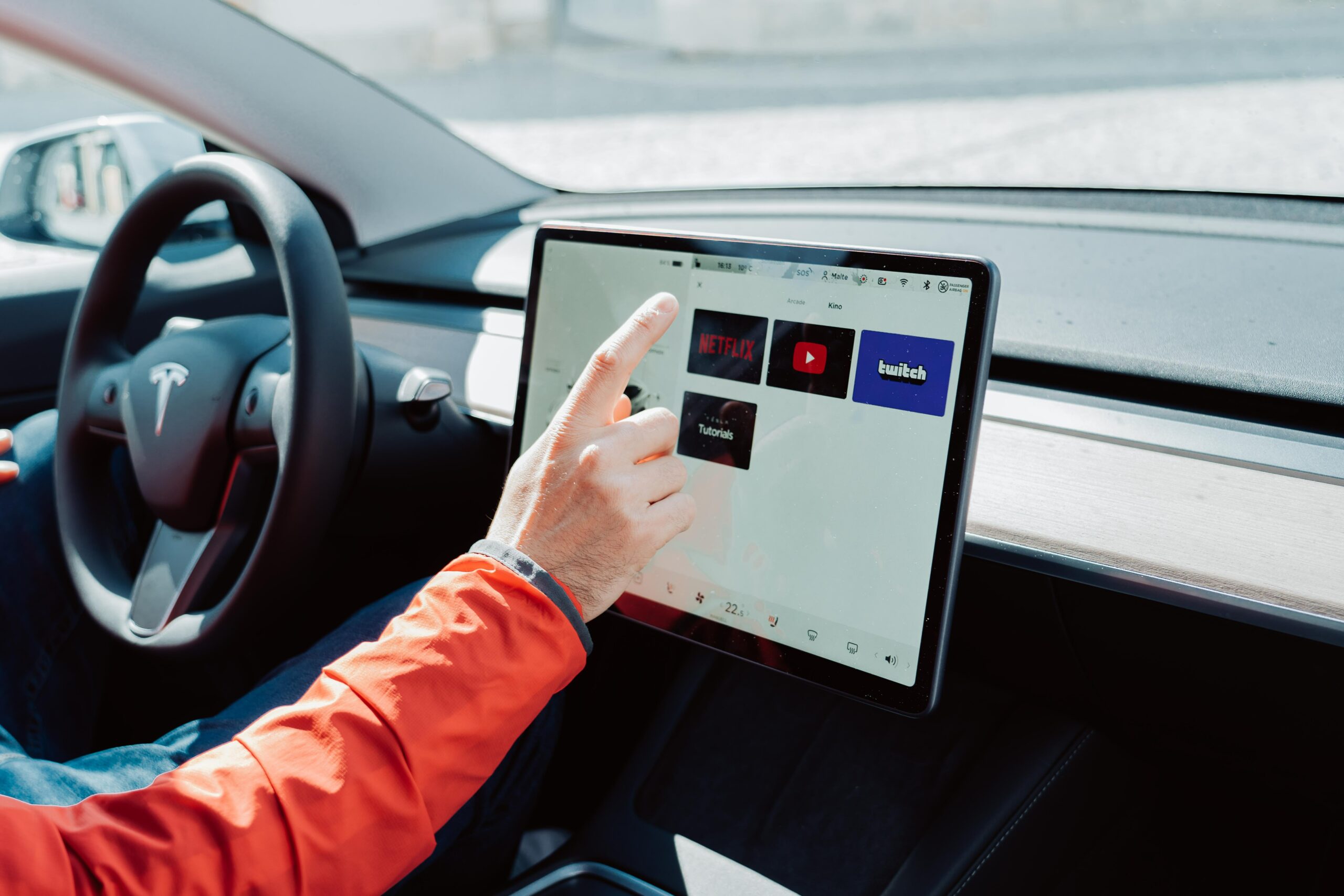What comes to your mind when I say hole?
This?

but why not a square hole –

A hole is any hollow place in a solid body or surface. Although technically both are holes, our brain prefers the image of a round hole over a square hole.
We are highly influenced by what we see around us. Limited exposure is one of the main reasons. Over time, if we only provide our brains with one type of information, it will lose the ability to come up with creative non-obvious solutions.
This is the biggest problem I have seen in product innovation. The only things we read and see are the things happening in our industry. As a result, our brain cannot come up with creative solutions to the problems we face on a daily basis.
Starbucks began developing its mobile app in 2008-2009. Its market cap at that time was $7b.
In 2009, it launched a mobile app. If you would go back to 2009, a cafe launching a mobile app would seem absurd and totally unnecessary to you. You would only care about coffee and introducing new varieties.
Here, even before software companies started doing it, Starbucks did it. Starbuck’s market cap increased from $7b to $117b right now. Starbucks says nearly a quarter of all US retail orders are placed from a mobile phone app.
Have a look at how Starbucks’ mobile orders has grown as % of its total transactions over time:
Q4 2020 24%
Q3 2020 22%
Q2 2020 18%
Q1 2020 17%
Q4 2019 16%
Q3 2019 16%
Q2 2019 15%
Q1 2019 15%
Q4 2018 14%
Q3 2018 13%
Q2 2018 12%
Q1 2018 11%
Q4 2017 10%
Q3 2017 9%
Q2 2017 8%
Q1 2017 7%
Q4 2016 6%
Q3 2016 5%
Q2 2016 4%
Q1 2016 3%
When Starbucks merged its loyalty card with a mobile app, it unknowingly started operating as a bank.
Right now I have $42 in my Starbucks mobile app wallet.
If we add the wallet of all its other users, Starbucks has $2b of their user’s money in advance. Unlike a bank, Starbucks doesn’t even need to pay any interest on that money to their users.
We are looking back and all of this could be a mere coincidence. We can connect the dots in the way we want.
However, this story is exactly similar to that of CEO who was way ahead of his time. or when Apple decided to enter into the phone business.
When you see a co-incidence happening in many stories, you hold for some time and think, how can I plan this co-incidence in my case.
All these stories have one commonality – They all indicate the use of the habits of innovators.
What is your product? What can you learn from the above examples?
Have you ever tried flipping your assumptions or do you always think of a round hole?
Here at Blip we talk about how to make your product stand out in the industry.
If you are in the product space and interested in learning about product innovation, you can subscribe to our newsletter here –


